Rivers are Refuge
Flood, Fire, or Famine, Wildlife Need Protected Areas to Survive
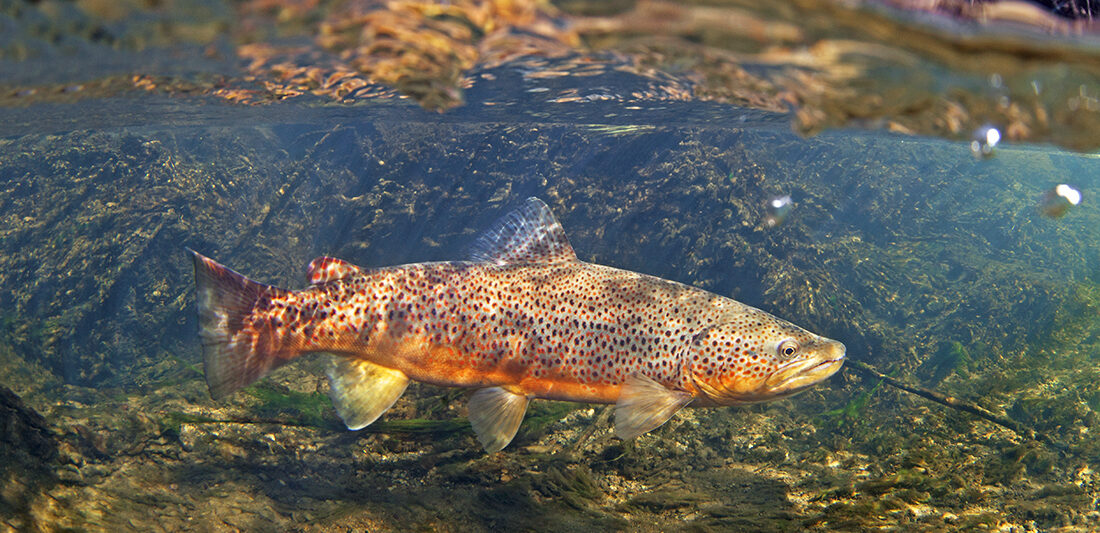
From macroinvertebrates to mammals, river systems protect and sustain wildlife. These specialized habitats are the places where species feed, rest, and reproduce. Whether a small spring or an expansive floodplain, a healthy river system provides refuge to wildlife from natural disturbances and the threatening effects of climate change.
Refugia
Refugia
Lorem ipsum dolor sit amet, consectetur adipiscing elit, sed do eiusmod tempor incididunt ut labore et dolore magna aliqua. Ut enim ad minim veniam, quis nostrud exercitation ullamco laboris nisi ut aliquip ex ea commodo consequat. Duis aute irure dolor in reprehenderit in voluptate velit esse cillum dolore eu fugiat nulla pariatur. Excepteur sint occaecat cupidatat non proident, sunt in culpa qui officia deserunt mollit anim id est laborum.
are areas where a population of organisms can survive through a period of unfavorable conditions. Refugia are relatively buffered from changes in regional environmental conditions, and allow organisms to persist as long as local conditions remain tolerable (Dreiss, 2022). Here we explore the types of refugia and the importance of identifying and protecting these safe havens for wildlife.
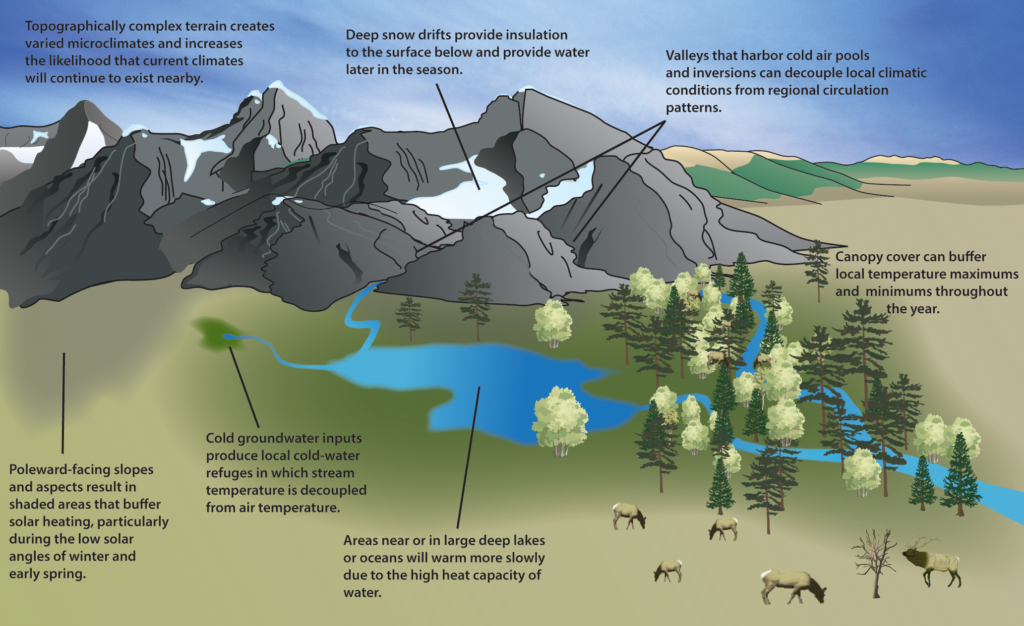
“Refugia can be defined as stable, relative, or transient. Stable refugia (e.g., groundwater-fed areas with a stable year-round flow) should be high priorities for conservation and restoration.”
(Weber, 2020)
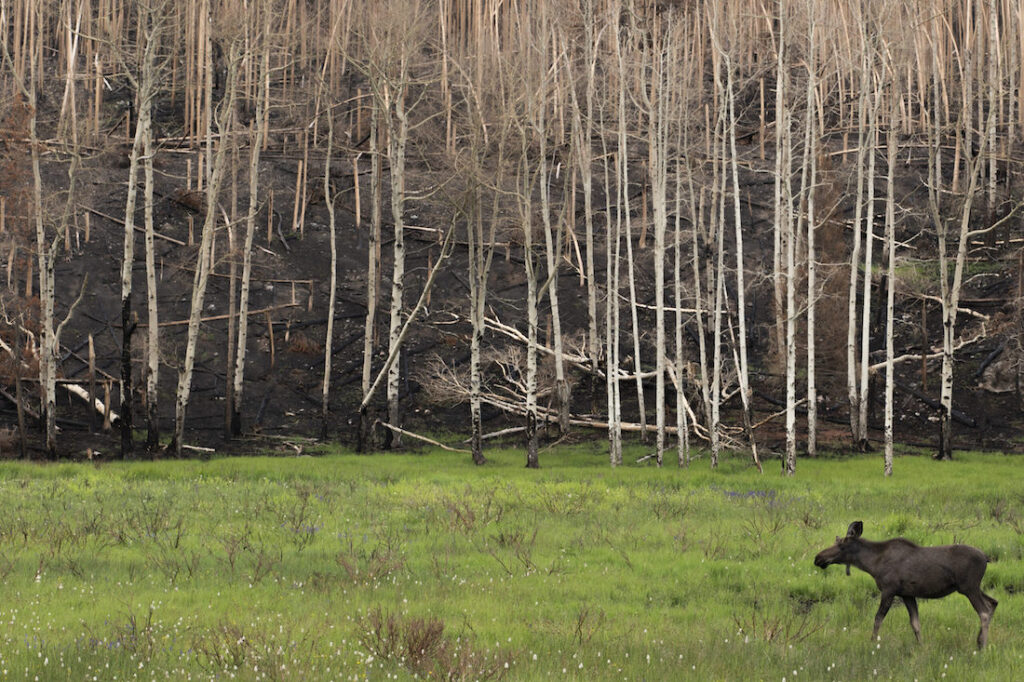
Disturbance Refugia
Disturbance refugia operate on the relatively short time scales of one or more individual disturbance events such as fires or floods. They are areas that are disturbed less severely or less frequently than the surrounding landscape (Krawchuk et al., 2020); These areas are more sheltered from fire, drought, wind, insect, disease, avalanche, flood, or other damage (Weber, 2020). As the intensity and frequency of wildfire events increases across the West, healthy, intact rivers and floodplains are primary disturbance refugia for many species, especially large mammals.
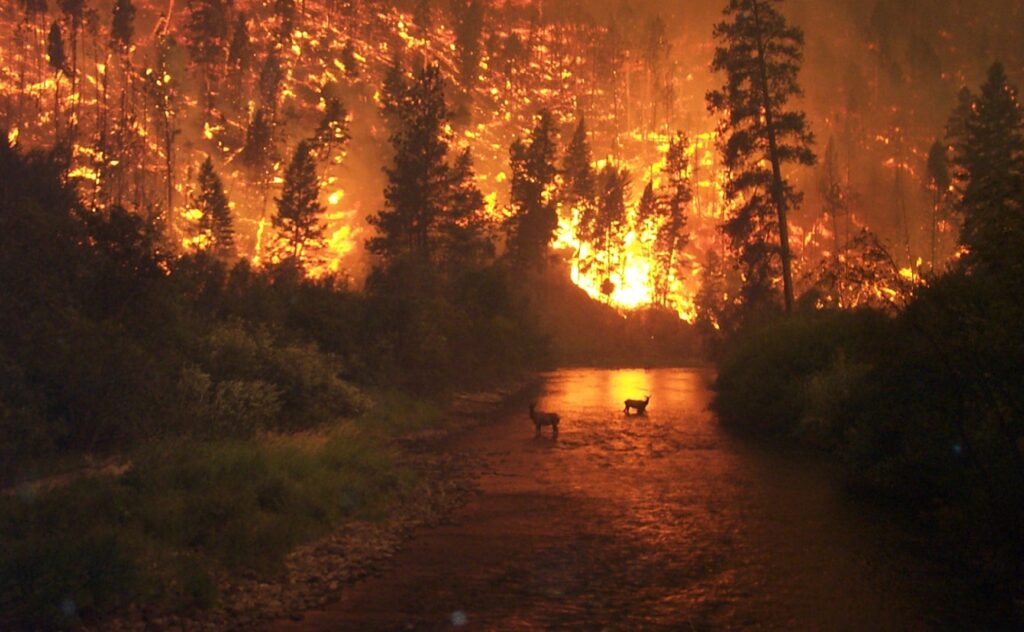
Climate Refugia
Climate Refugia are areas where species, natural communities, or ecosystems can persist within a larger area that has been rendered inhospitable (Weber, 2020). They can occur at different scales of space and time, and provide temporary or more long-term safe havens. Effective climate refugia protect at-risk species and ecosystems, may often (although not always) occur in large natural areas, and provide connectivity “stepping stones” and population resilience (Weber, 2020). In the Southwest, for example, as aridification and overuse decrease water availability, species will move to areas where water sources are more reliable, such as free-flowing rivers.

Macro and Microrefugia
Macrorefugia provide habitats that organisms can retreat to, persist in, and potentially expand from under changing environmental conditions, facilitating the survival of species during climatic changes (Weber, 2020). Macrorefugia examples include vegetation refugia such as forests and topographically complex areas, or hydrologic refugia, such as springs, shorelines, and shaded rivers. As temperatures increase, microrefugia—smaller pockets of refuge in the landscape— can persist even once the regional climate is unsuitable and no macrorefugia remain (Ashcroft, 2010). Microrefugia may be able to withstand greater warming than macrorefugia. They may also be the only conservation option for rare or threatened species that exist in small, fragmented populations (Ashcroft, 2010). Microrefugia are identified at local, spatial scales and can be affected by factors like elevation, slope, air temperature, precipitation, wind, solar insolation, evapotranspiration, snow accumulation, and snow melt (Dobrowski, 2011). Local terrain factors such as aspect (the direction that a slope faces) and landform types (topographic features such as valleys and ridgetops), as well as soil conditions and ecological processes, protect against temperature extremes and retain moisture (Stralberg et al., 2020a). Snow microrefugia can provide critical habitat for species like snowshoe hares and wolverines, as well as natural water storage (Link et al., 2020).
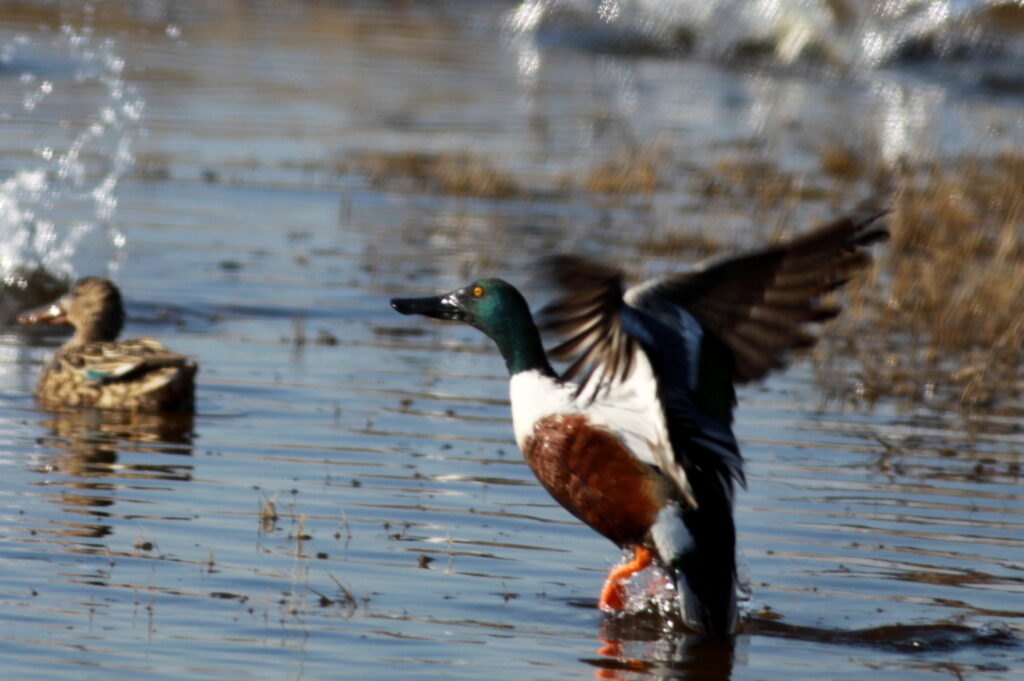
Wetland and Riparian Refugia
Wetlands, riparian areas, fens, springs, and even snow drifts can all act as refugia for a variety of species. Nearly one-third of all plants and animals listed as threatened or endangered species in the United States depend on wetlands for their survival (NPS, 2023). Wetlands provide habitat for many species of amphibians, reptiles, birds, and mammals, and they offer food and shelter to larger mammals such as deer, elk and bears. Riparian areas and seasonal wetlands also act as buffers against climate change for many species (Cartwright et al., 2020). In arid or semi-arid regions, groundwater-fed seeps and springs can support persistent populations of highly diverse taxa, both aquatic and terrestrial (Morelli et al., 2016). They are biodiversity hotspots and keystone ecosystems that have a disproportionate influence on surrounding landscapes despite their relatively small size (Cartwright et al., 2020a; Weber 2020).

